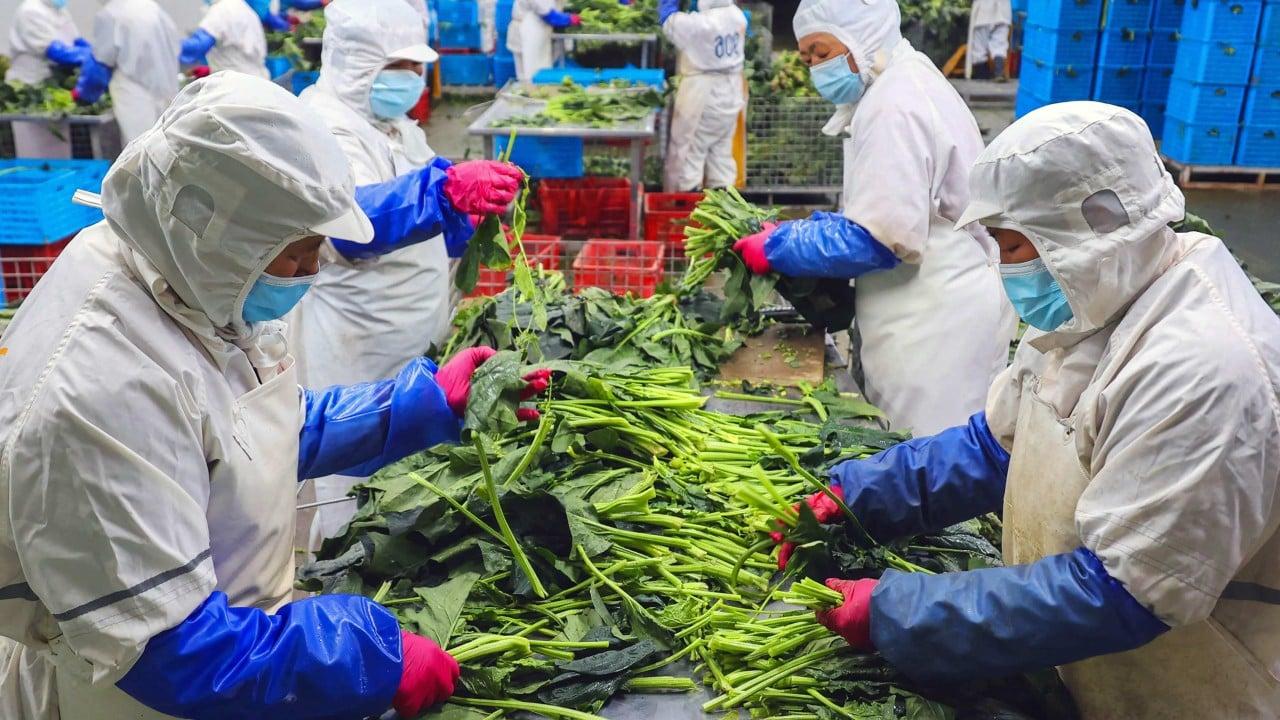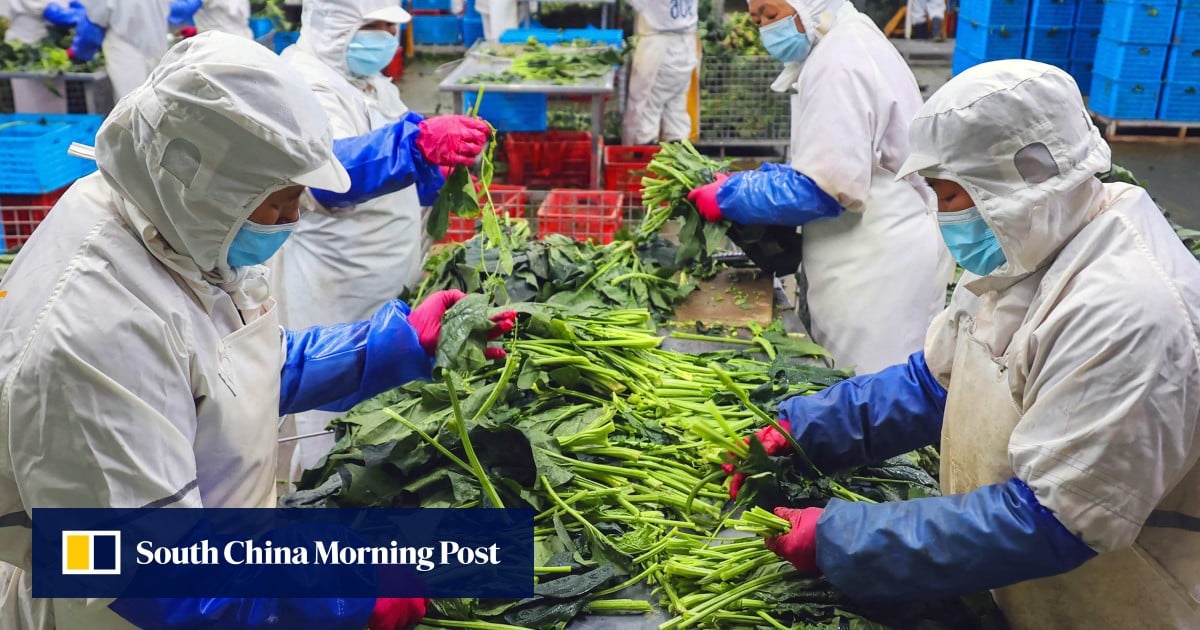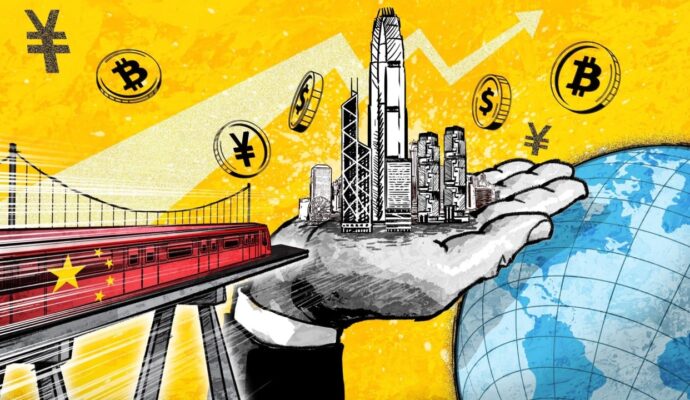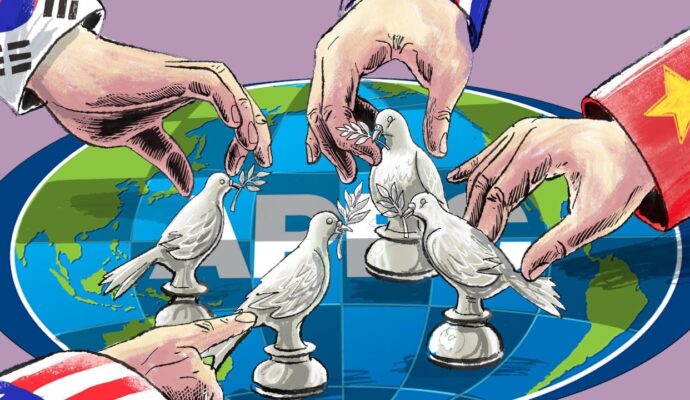

The full-year target appears more attainable because of the low base comparison with 2022, when economic activity was suppressed due to zero-Covid controls. The International Monetary Fund is estimating that China’s economy will grow by 5.2 per cent this year, which would likely contribute to a third of the global economic growth in 2023.
With consumption contributing around two thirds of China’s first quarter growth, retail sales rose by 10.6 per cent last month from a year earlier, rising from the 3.5 per cent growth in combined figures for January and February.
Industrial production, a gauge of activity in the manufacturing, mining and utilities sectors, rose by 3.9 per cent in March, year on year, up from an increase of 2.4 per cent in January and February.
But fixed-asset investment – a conventional tool for Beijing to drive up growth – rose by just 5.1 per cent in the first three months of 2023, year on year, down from a rise of 5.5 per cent in the first two months of the year.
“The government will probably keep its plan of infrastructure investment as a supplementary growth engine as we expect the external market to deteriorate further in 2023,” said Iris Pang, ING’s chief Greater China economist.
Beijing has also pledged to shore up trade as a pillar for the overall recovery this year and exports surprised the market with strong growth in March despite signs of weak external demand.
Policies are needed to tackle the situation of inadequate demand
Low price indices had earlier triggered warnings about the risks of deflation and inadequate demand, while pressure to create enough jobs continued to persist.
Liu Yuanchun, president of the Shanghai University of Finance and Economics, said both households and corporations will have to repair their balance sheets after social order and consumption normalised after the reopening.
“Policies are needed to tackle the situation of inadequate demand,” he said in an interview with the 21st Century Business Herald.
China’s technology and telecommunication industries have already been impacted by the US ban on high-end chips and other hi-tech products.
The production of micro computing devices fell by 21.6 per cent from a year earlier in March, while mobile phone output dropped by 6.7 per cent, year on year, and integrated circuits production fell by 3 per cent last month.
Investment in the property sector, which contributed to around a quarter of the national economic output together with upstream and downstream industries, fell by 5.8 per cent in the first quarter, despite the value of commodity housing sales rising by 4.1 per cent from a year earlier.
The urban surveyed jobless rate, meanwhile, stood at 5.3 per cent in March, down from 5.6 per cent in February.
The jobless rate for the 16-24 age group also remained at an elevated level of 19.6 per cent in March, up from 18.1 per cent in February.
National Bureau of Statistics spokesman Fu Linghui described the numbers from the first quarter as marking a “steady recovery” and representing a “good start” for the year.
Fu expects second-quarter economic growth to be better than the first three months, highlighting consumption, steady investment in infrastructure and the development of new industries, such as hi-tech, 5G and artificial intelligence to create new “growth points”.
We must be aware that the situation abroad is still complex and volatile, inadequate domestic demand remains prominent and the foundation for economic recovery is not solid yet
“However, we must be aware that the situation abroad is still complex and volatile, inadequate domestic demand remains prominent and the foundation for economic recovery is not solid yet,” he said.
Beijing has been eyeing more orders from Southeast Asian nations and countries which are part of China’s Belt and Road Initiative as its merchandise shipments to developed markets, including the United States, the European Union and Japan, have slowed.
Huo Jianguo, the former head of the Ministry of Commerce’s research institute, warned that the large rise in exports in March may be a result of backlogged orders.
“The pressure on foreign trade, as seen from a bigger perspective, doesn’t have big changes. It deserves our continued attention,” he said.


